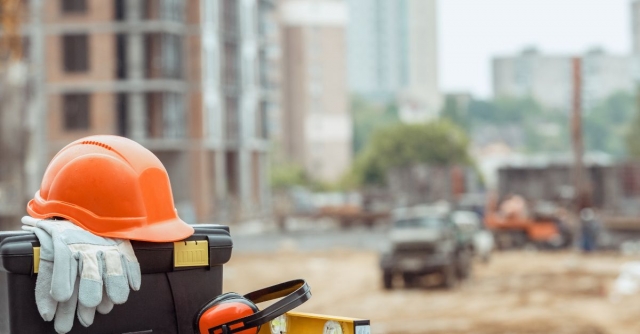Construction tools are a major investment for any business. Protecting this investment is a priority, for financial reasons, to maintain project timelines, and to ensure on-site safety. Learning how to extend the lifespan of your construction tools is a simple habit that can improve your business’s reliability and performance. This guide offers straightforward strategies to help you get the most out of your equipment.
Implement Regular Cleaning
One of the most effective ways to preserve your tools is to clean them after every use. Dirt, dust, and grime can accumulate in moving parts, which causes unnecessary wear and tear. A simple routine of wiping down surfaces, clearing debris from vents, and removing residue can prevent operational issues. Regular cleaning also gives you a chance to spot potential problems, such as cracks or loose components, before they worsen.
Follow Proper Storage Practices
How and where you store your tools directly affects their condition. Leaving equipment exposed to rain, humidity, or extreme temperatures can lead to rust and electronic failures. Designate a dry, secure area for storage and consider using custom cases or an organized shelving system.
This approach also applies to attachments; for instance, properly transporting and storing your auger attachments prevents damage and keeps them ready for the next job. Creating a well-organized storage system also protects your tools and makes them easier to find.
Adhere to a Maintenance Schedule
Preventive maintenance is the best defense against unexpected equipment failure. Create and follow a consistent maintenance schedule for each tool, based on the manufacturer’s recommendations.
This schedule should include tasks like lubricating moving parts, sharpening blades, and checking fluid levels. Keeping detailed records of maintenance activities helps you track each tool’s history and anticipate future service needs, keeping your operations running smoothly.
Train Your Team on Correct Usage
Operator error is a frequent cause of premature tool failure. It’s valuable to provide comprehensive training for your team on the correct operation of each piece of equipment. Proper training includes using the right tool for the job, operating it within its specified limits, and recognizing signs of malfunction. When your crew understands how to use tools correctly, you reduce the risk of accidental damage and create a safer work environment for everyone.
Invest in Your Equipment’s Future
By incorporating these practices into your daily operations, you can do more than just prevent repairs; you actively contribute to the longevity and reliability of your equipment. A proactive approach to care and maintenance demonstrates a commitment to quality and efficiency.
In the end, knowing how to extend the lifespan of your construction tools is a smart strategy that strengthens your business’s foundation, one well-maintained tool at a time.






